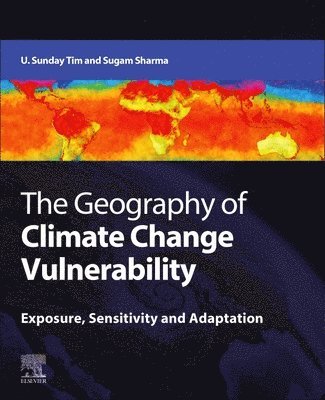Kommande

2069:-
Geography of Climate Change Vulnerability: Exposure, Sensitivity and Adaptation explores the geographic dimensions of vulnerability of human- environmental systems to climate change. It provides information on the concepts, principles, methods and uses of GIS for climate change research and focuses on the spatial characteristics of exposure, sensitivity and adaptive capacity, which constitute the primary determinants of vulnerability. It starts with the fundamentals, reviewing the role geography plays in assessing climate change vulnerability beyond applied climatology. It then reviews the basics of GIS: what it is, what it can do and how to integrate climate science and research into existing GIS programs. Next it reviews the essentials of climate change and climate science. From there, the authors (editors) review vulnerability science and its role of in adapting to or mitigating issues stemming from climate change. The techniques of assessing climate change vulnerability are then explored, both on a theoretical and on a practical level. Finally, the applications of what the GIS data reveals are covered, including reviewing climate vulnerable human-environmental systems, scale, data sources, and more. The applications continue into specific areas of impact from water resource systems, to agricultural and ecological systems, human-land interactions and tying it in to the IPCC WGII assessment report of vulnerability.Geography of Climate Change Vulnerability will help readers learn a hands-on, problem-based approaches to providing real-world research across the different roles and modes of GIS applications in climate research. This is an essential resource for researchers across disciplines looking into issues and solutions stemming from climate variability, and for new ways to assess complex and diverse data while doing so.
- Reviews how to integrate current climate science with diverse environmental data to better model, analyze and predict climate impacts and vulnerabilities
- Emphasizes the implementation of a wide array of GIS concepts and techniques (e.g., geodatabases, geoprocessing, spatial modeling, mapping, etc.)
- All tasks of geospatial analytics, modeling and visualization are illustrated in the ArcGIS platform
- Format: Pocket/Paperback
- ISBN: 9780128157718
- Språk: Engelska
- Antal sidor: 400
- Utgivningsdatum: 2025-09-01
- Förlag: Elsevier

